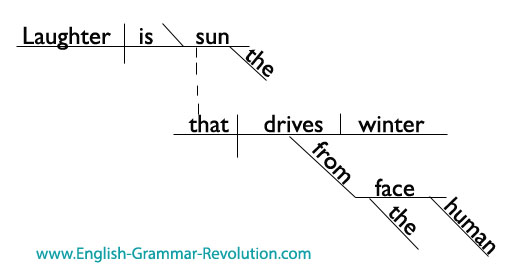I never realized I had that much influence on anyone. I hope you enjoy your teaching career as much as I did mine.
– John Curry
My senior year of high school, I took AP Calculus. In my rural school of fewer than 400 students, 5 of us took the class.
When spring arrived, we sat in the conference room, #2 pencils in hand, and attacked the AP A/B Calculus exam.
Well, 4 of us attacked it.
I held on as long as I could. Through the bubble and grid section, I played it cool.
Arriving at the open answer section, I froze.
My mind was a blank. Not a blank as in something had been their and was erased by anxiety, but blank in the sense that I had no idea what was being asked of me.
I looked around the room and surmised I was the only one. Throughout the room, pencils were scribbling.
In that moment, I wanted to quit even more than I had wanted to quit when my third grade T-Ball team lost every game. Every. Game.
John Curry taught me math each year from eighth through twelfth grade, save one.
He wasn’t looping with my class. It was a small school with two math teachers.
If, on my best days, I am half the teacher Mr. Curry was, I have made something of myself.
He was as traditional and by-the-book a teacher as you’re likely to meet. It is entirely possible our pedagogies are somewhat divergent at this point. We are products of different eras.
Still, I remember he cared.
When a student earned a B or above on a test, Mr. Curry would place a sticker on the paper before handing it back. As we moved to higher math, got our driver’s licenses and first jobs, we continued to treasure those stickers. The covers of our TI-83s were laden with stickers like fighter pilots noting our kills.
For a score of 90% or above, students received certificates congratulating them on showing their ability to master the content of the chapter. Mine hung in my locker.
Perhaps best were the letters. At the close of each unit, after the tests and quizzes were graded, Mr. Curry would send letters to the parents of those students earning Bs or higher, congratulating them on their students’ successes.
I remember seeing the letters as I pulled the mail from the mailbox. It wasn’t the handwriting which gave it away (Mr. Curry was mail merging before it was cool). It was the stationary. Out of his own pocket, Mr. Curry purchased stationary in our school colors watermarked with our mascot. When a Kelly green envelope showed up in the mail, you knew what was inside.
The letters did more than offer congratulations to my parents, they also explained what concepts and material I had shown mastery of. Dinner on letter nights was always interesting, “So, Zachary, explain the slope-intercept formula to me.”
Mr. Curry made me care about math because he showed he cared about me.
Sitting in the conference room, my blank drawn with amazing detail, I knew I could not quit. I could not fail Mr. Curry.
Realizing any attempt at calculus would be a mockery of the mathematics he held so dear, I played to my strengths.
I remember the first lines of the essay I wrote, “If you saw my answers in the previous section of the test, you know I’ve been holding on by a thread. Rather than waste both of our time, let me tell you why I needed to take this test and how great my math teacher is. No matter what you think of my math skills, please, don’t take them as a reflection of his teaching.”
Though I’d struggle if you put a factorial in front of me today, I learned the value of more than I can ever say from Mr. Curry.
Like this:
Like Loading...

